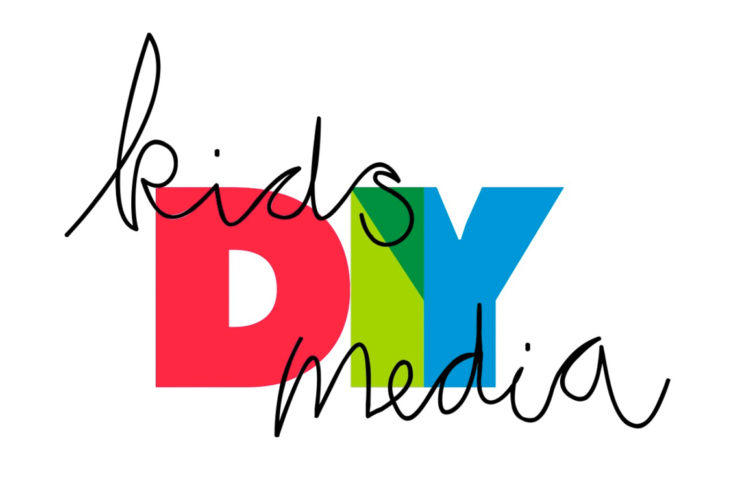Sara Grimes, Director KMDI-Semaphore Reports: Best Practices for Designing Connected, Digital DIY Media Platforms for Kids
I am so very happy to finally share with the world key results from our Kids DIY Media Partnership — an amazing, 5+ year, cross-sector, transnational collaboration that I had the honour to co-lead with Dr. Deborah Fields, involving a series of workshops, stakeholder consultations, and primary research into the then-emerging phenomenon of kid-made media, and into the sites/apps/games that provide young children with tools and platforms for making and sharing their own media creations. The Partnership included wonderful, dedicated people from the children’s media industries, child advocacy groups, NGOs, and academia, who worked closely with us in designing our research questions, analyzing our findings, contextualizing some of our main arguments and developing our conclusions. The research conducted as part of this initiative included a media scan, a comparative content analysis of 120 websites, six case studies of exemplary platforms, and three “game jams” with twenty-one game-makers aged 6 to 12 years. We have already published many of the results of the Kids DIY Media Partnership in academic books and journals, and we have presented the project and its findings to a wide range of audiences (public, industry and academic) over the past seven years. But making the findings accessible to a wider audience has always been a top priority for Kids DIY Media. This report is a major step in that direction.
The Best Practices for Designing Connected, Digital DIY Media Platforms for Kids Report is aimed specifically at designers, developers and other professionals taking on the crucial–but at times daunting–tasks of making and managing tools, sites, apps, games or other platforms where kids under the age of 13 years are not just allowed but invited to create and share their own media content. It provides a series of recommendations for how to maximize and engage some of the opportunities their platforms present to kids, in terms of learning, identity formation, cultural participation and exercising their rights. It also provides recommendations for how to deal with some of the challenges associated with these platforms, in terms of privacy and legal issues, questions of censorship and safety, and questions about access. The report will also interest teachers, parents, and child advocates who are interested in finding out more about the opportunities and challenges that children face when they engage in media-making in the digital, connected realm.
Stay tuned for a second public report later this Fall (2020), outlining recommendations for policymakers relating to opportunities and challenges in existing policy (government and industry-driven) and legislation relating to kids’ making and sharing online.
Lastly, a big thank you to Debbie for launching the report at this year’s Connected Learning Summit!
Full link here: Best Practices for Designing Connected, Digital DIY Media Platforms for Kids Report

